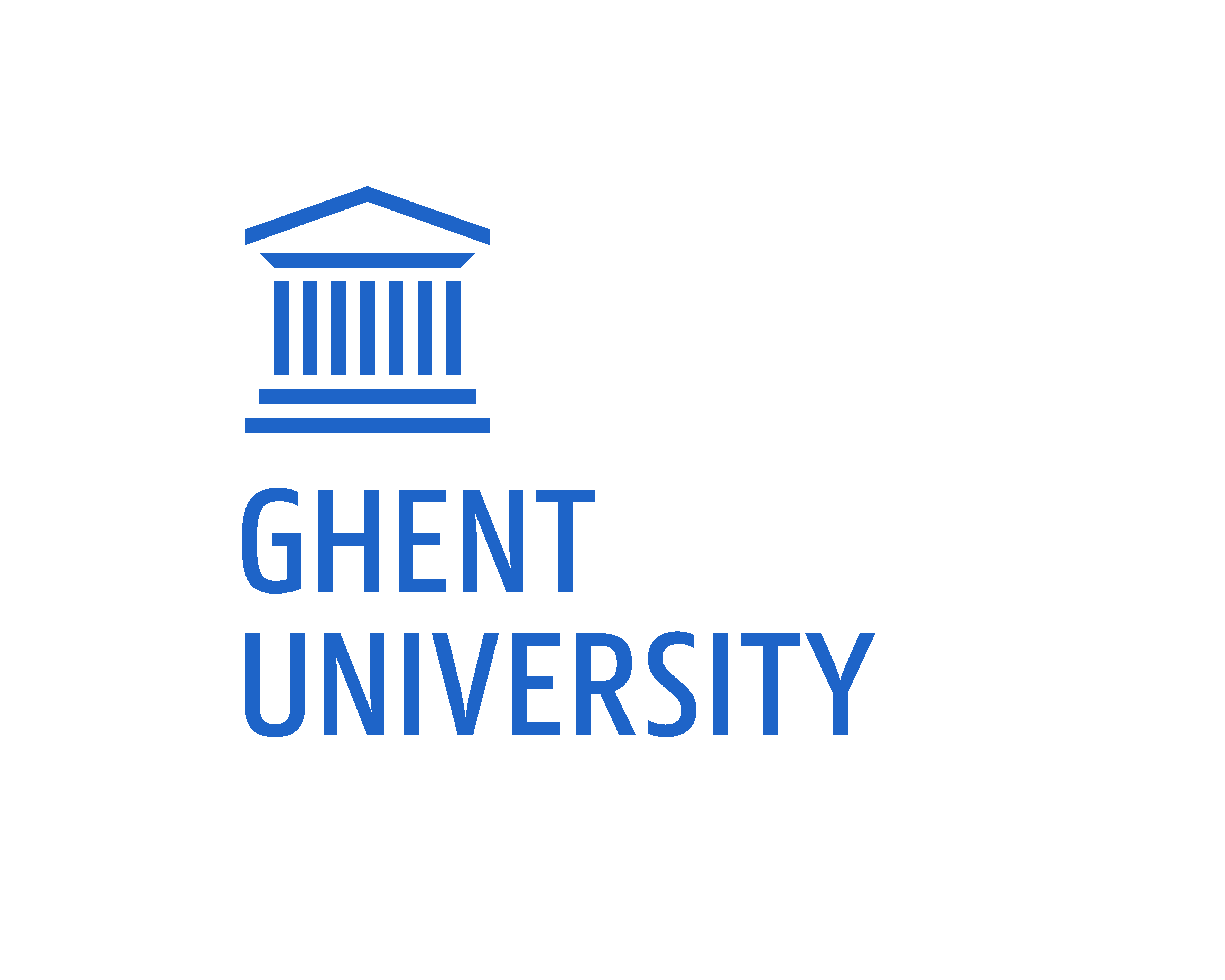A conference organised under the umbrella
of the international network ‘Structural Determinants of Economic Performance
in the Roman World’ and the Committee for Legal History (KVAB)
by Emilia Mataix (Bilbao, Universidad del País Vasco UPV/EHU), Koenraad
Verboven (Ghent University), Paul Erdkamp (Brussels, VUB)
Description
The adoption of standards in the Roman world is
manifested in the production of objects, the use of measuring units, the
construction of infrastructure, but also in symbolic representations of power
by means of material culture, as well as in the use of standard contracts or reproducing
legal formulaic writings. The effective use of these standards shows that
individual beliefs, cultural norms, and formal institutions were aligned so as
to reinforce trust among parties. Rome saw a proliferation of such abstract
systems of trust, for example, by using standard weights and measures, which
profoundly affected people’s lives from the most public settings to the most
intimate.
However, one of the paradoxes of the Roman world is that, while standard
objects or practices echoing Roman influences spread along different areas, the
extension of these involved in many cases the further development or
assimilation of foreign practices, objects or concepts, mixing cultural
traditions or instead, reinforcing self-identity at a local level. One key
example are the weights employed at different eastern Mediterranean ports,
which translated Roman imperial units into local ones.
This international conference will be devoted to the study of the
manifestations of standardisation and localisms in law and the economy of the
Roman world, and consequently, their impact in diverse phenomena such as
symbols, legal culture or commercial practices, but also in material culture,
infrastructure and landscapes. The event also aims to recontextualize standards
not only as echoes of Roman domination but as evidence of diverse socioeconomic
practices and cross-cultural encounters, and how these are materially reflected
echoing issues such as integration, assimilation, resilience, or a combination
of imperial and provincial practices.
- The
conference focuses on six research questions:
What is imperial and what local in the use of standards in different contexts? What does that imply about scale and integration in the Roman world? - How
did people in the empire negotiate and integrate “Roman” standards in
their society, economy, and culture? And vice versa?
- What
are the ethnic, cultural economic, legal or political reasons behind the
attribution of specific names to phenomena or items linked with numeracy
metrology or scale (e.g. pecunia from pecus, sheep)? Vice versa, what is
the impact of a standard’s “identity” on how people perceive phenomena
such as numeracy or scale?
- How
idiosyncratic or diverse could local adaptations of standards be in order
to be understood by different economic agents?
- How
accurate were standards in the Roman world expected to be?
- How
did Roman standardised objects (e.g. amphorae or coins) or practices (e.g.
legal procedures) and their particularities relate to their descriptions
in textual sources?
The conference programme can be found here.






0 Comments